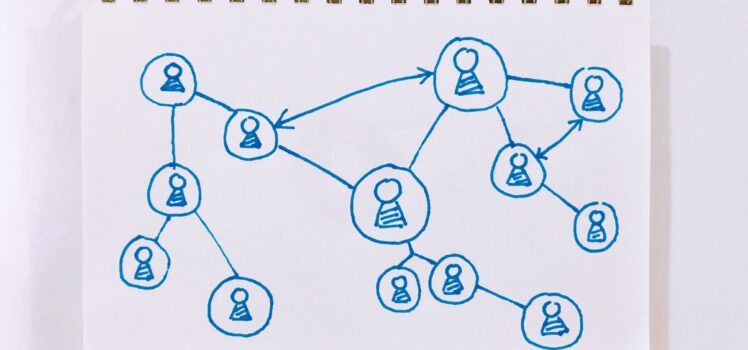Data Interoperability Terminology – Navigating Data Language
- Ariana Bauer
- 1569 Views
- Leave a comment

Data Interoperability Terminology - Navigating Data Language
As data continues to expand across disparate systems and organizations, being able to exchange and understand information between different environments is imperative. This critical capability is known as data interoperability. In this edition of our Navigating Data Language series, we’ll explore some key standards, protocols, and technologies that enable seamless data integration and communication.
Data Interoperability
Data Interoperability refers to the ability of different data systems, technologies, and software applications to communicate, exchange data, and function coherently. In essence, it allows for data to be shared and understood across different systems or organizations, facilitating seamless integration and collaboration. Interoperability is vital for effective data management and is often enabled through standardized protocols and formats.
Data Specification
Data Specification is a detailed description that outlines the structure, type, and format of data to be collected or used in a specific application or system. This often includes constraints, relationships, and other specific attributes that the data must adhere to. The specification acts as a blueprint for data collection and integration, ensuring that the data meets the requirements of the system or project.
Data Model
A Data Model is an abstract representation that organizes data elements and defines how they relate to each other. Data models provide a framework for data to be stored and processed, serving as the foundation for database architecture and facilitating data management. They often use various types of notations or diagrams to depict the relationships between data entities or objects.
Data Schema
Data Schema is a formal structure that represents the organization, constraints, and relationships of data in a database. It defines the tables, fields, types, and integrity constraints like primary and secondary keys. A data schema serves as a roadmap for how data is organized and how relationships between different data entities and attributes are managed within a database.
REST API (Application Programming Interface)
A REST API (Representational State Transfer Application Programming Interface) is a set of rules and protocols for building and interacting with web services. It allows different software applications to communicate with each other over the internet by making HTTP requests and receiving HTTP responses. REST APIs are often used to enable interoperability between disparate systems and are commonly used for web services and applications.
CRUD Operations
CRUD stands for Create, Read, Update, and Delete, which are the four basic functions of persistent storage in databases. These operations form the foundation of any data-driven application and are crucial for manipulating and retrieving data. CRUD operations are often used in the context of SQL, RESTful APIs, and other data manipulation technologies.
XML (eXtensible Markup Language)
XML is a markup language used to store and transport data in a structured format. It uses tags to define elements and data structures, making it both human-readable and machine-readable. XML is platform-neutral, meaning it can be used across different systems and technologies, and it is often used for data interchange in a variety of applications, including those requiring data interoperability.
JSON (JavaScript Object Notation)
JSON is a lightweight data-interchange format that is easy to read and write for humans and easy to parse and generate for machines. Like XML, JSON is used for storing and exchanging data, but it is often considered easier to use and more lightweight. JSON is commonly used in web applications to transmit data between a client and a server and is particularly well-suited for RESTful API services.
Data Modernization
Data Modernization refers to the updating of data systems, platforms, or architectures to leverage newer, more efficient technologies. The goal is to improve performance, reduce operational costs, and provide enhanced functionality for analytics and data management. This might involve migrating from legacy systems to cloud-based solutions or implementing more advanced data analytics tools.
While data interoperability introduces some complex concepts, having a grasp of formats like XML and JSON as well as principles like REST APIs and CRUD operations is invaluable for unlocking data’s full potential. As data modernization accelerates, an interoperable landscape will be crucial. We hope this post has illuminated some vital components for achieving interchangeability and cooperation between data systems. Stay tuned for our next installment as we continue demystifying essential data terminology together!




